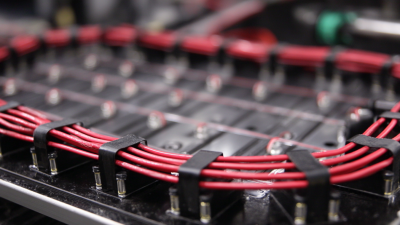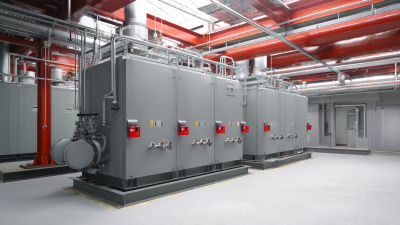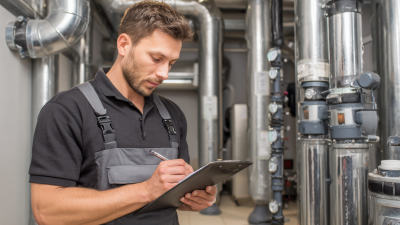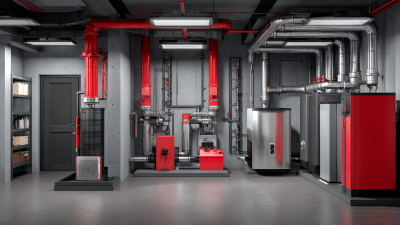Leave Your Message
-
Phone
-
E-mail
-
Whatsapp
As winter approaches, the quest for a comfortable living environment becomes paramount, and increasingly, homeowners are turning to innovative solutions to combat the chill. One such solution revolutionizing winter living spaces is the use of Heating Cables. These versatile and efficient systems provide warmth where it’s needed most, turning cold, uninviting rooms into cozy havens. In this guide, we delve into the intricacies of Heating Cables, exploring their benefits, installation methods, and maintenance tips, empowering you to create a welcoming and warm atmosphere throughout the winter months. Whether you’re looking to heat a small bathroom or a spacious living area, understanding how to master the art of home comfort with Heating Cables can transform your winter experience, making it more enjoyable and inviting. Join us as we uncover the potential of these remarkable heating solutions.

Heating cables have emerged as a revolutionary solution for enhancing winter living spaces, providing not only warmth but also energy efficiency. At the core of their function is the principle of radiant heat transfer, where cables, typically made of conductive materials, generate warmth when an electric current passes through them. This approach ensures that heat is evenly distributed across floors, walls, or ceilings, creating a cozy environment for homes while minimizing the temperature fluctuations associated with traditional heating systems.
According to a report by the International Energy Agency (IEA), approximately 70% of energy consumed in households during the winter months is for heating. With the integration of heating cables, homeowners can reduce their energy consumption by up to 30%, thanks to the programmable and zone-specific heating capabilities these systems offer. Furthermore, a study by the Electric Power Research Institute highlights that underfloor heating systems, including heating cables, can enhance comfort levels and improve indoor air quality by reducing dust circulation, making them a beneficial investment for long-term comfort and health.
The ease of installation and maintenance of heating cables, coupled with their potential for substantial energy savings, positions them as a practical choice for modern homeowners looking to optimize their winter living spaces. As energy efficiency becomes increasingly crucial, the adoption of such innovative heating solutions is likely to rise, paving the way for a more comfortable and sustainable future.
This chart illustrates the energy efficiency of heating cables in relation to outdoor temperatures during winter months. Data reflects average energy consumption (kWh) for different temperature ranges.
Heating cables have become an essential element in enhancing home comfort during the winter months. These innovative systems provide efficient and reliable heat, ensuring that living spaces remain cozy despite frigid outdoor temperatures. There are various types of heating cables available, each designed to cater to different needs and applications within the home.
One popular option is self-regulating heating cables, which automatically adjust their output based on the ambient temperature. This feature not only enhances comfort but also improves energy efficiency, making them a cost-effective choice for homeowners. Another category is constant wattage heating cables, which provide consistent heat output along their length. These are ideal for larger areas or specific applications, such as warming driveways or preventing pipe freeze. Moreover, there are also specialized cables designed for underfloor heating, offering an unobtrusive way to heat living spaces while maximizing floor area and comfort. Each type of heating cable presents unique advantages, making them a versatile solution for maintaining warmth in cold weather conditions.
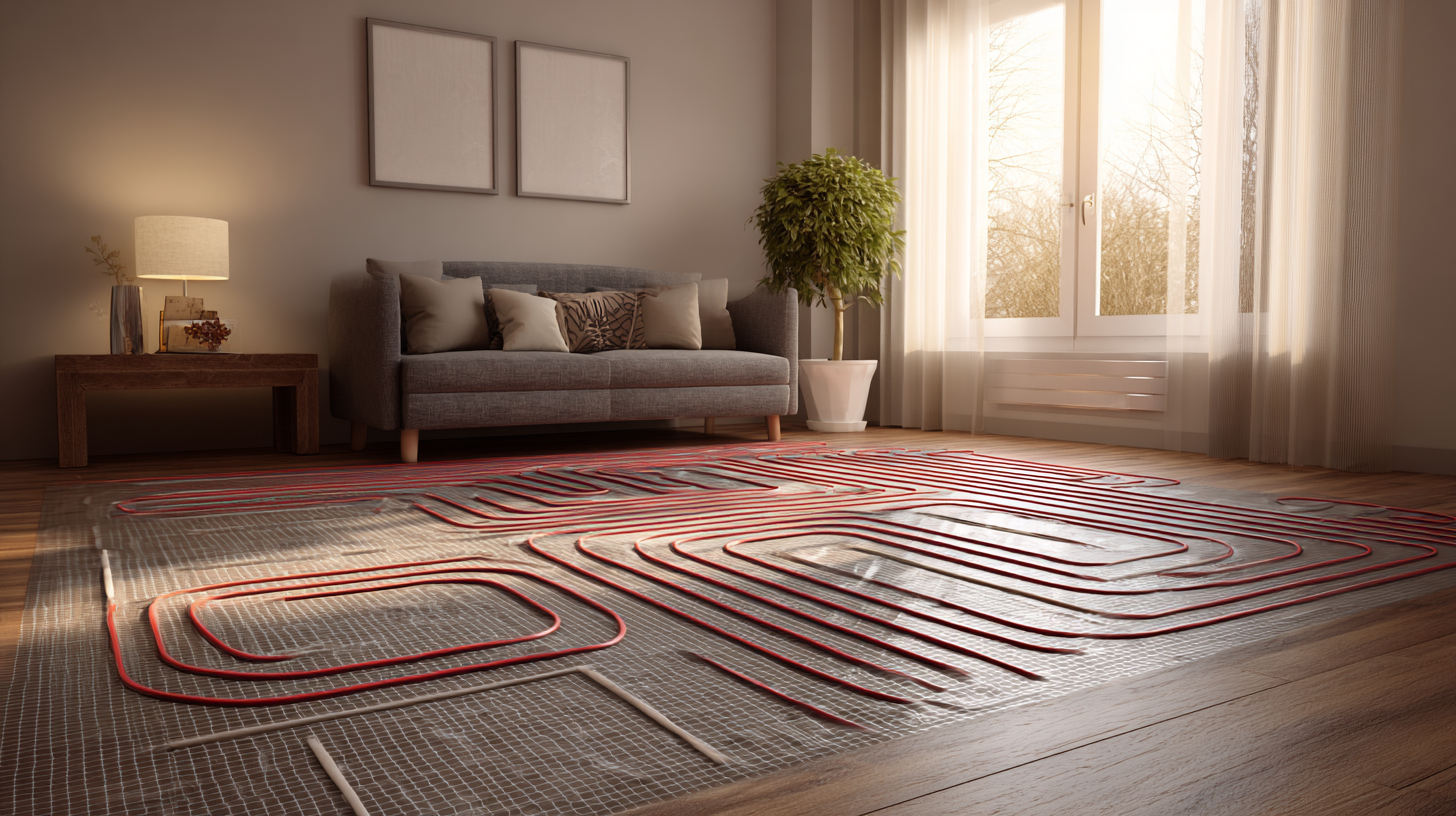
Installing heating cables is an effective solution for homeowners looking to enhance their comfort during the winter months. These cables provide consistent heat to floors, preventing the discomfort of cold surfaces and promoting a cozy living environment. The installation process can seem daunting, but with a step-by-step approach, homeowners can transform their spaces into winter havens. It begins with selecting the right type of heating cable suited for your flooring and space, followed by careful planning of the installation layout. Basic tools like a measuring tape, utility knife, and adhesive will be necessary for a successful installation.
Once you have gathered your materials, it’s important to prep the area correctly. Ensure the subfloor is clean and level before laying down the heating cables. Following the manufacturer’s guidelines for spacing and securing the cables is crucial to achieving optimal heat distribution. With attention to detail in both the layout and electrical connections, homeowners can enjoy the benefits of heating cables, effectively keeping their homes warm while minimizing the risk of issues like frozen pipes.
Embracing this technology not only elevates comfort but also aligns with efforts to reduce energy consumption and emissions in residential settings.
As winter approaches, maximizing energy efficiency becomes a critical concern for homeowners looking to maintain comfort without inflating utility bills. Heating cables have emerged as an innovative solution, providing consistent warmth while optimizing energy use. According to industry studies, installing heating cables can lead to energy savings of up to 30% compared to traditional heating methods, particularly when used in conjunction with smart home systems that monitor and adjust heating needs in real time.
Selecting the right heating cable involves understanding its specifications, including wattage and insulation compatibility. For example, heating cables that are rated for lower wattage are often more energy-efficient, as they distribute heat evenly across surfaces, reducing cold spots and ensuring comfort without excessive energy consumption. Additionally, many modern heating cables are designed with advanced technology that allows for precise temperature control, further enhancing their efficiency. With the right choice, homeowners can enjoy a warm winter while being mindful of their energy footprint, making heating cables a worthwhile investment in sustainable living.
| Dimension | Details |
|---|---|
| Heating Cable Type | Self-regulating, constant wattage, and mat systems |
| Typical Installation Areas | Underfloor heating, driveways, roofs |
| Average Energy Efficiency | Up to 25% more efficient compared to traditional heating |
| Installation Costs | Varies by size and complexity: $10 - $20 per square foot |
| Lifespan of Heating Cables | Typically 20 to 30 years with proper maintenance |
| Average Operating Temperature | Up to 120°F (49°C) for underfloor heating |
| Installation Time | 1 to 3 days depending on the area size |
| Return on Investment (ROI) | Improved comfort and lower heating bills within 3-5 years |
Maintaining heating cables is essential for ensuring optimal performance and prolonging the lifespan of your winter living spaces. Regular inspections should be conducted to check for any signs of wear, damage, or malfunctioning components. Look for frayed insulation or loose connections that could compromise the system's efficiency. Ensuring that the cables are installed correctly and following manufacturer's guidelines can prevent many issues before they arise.
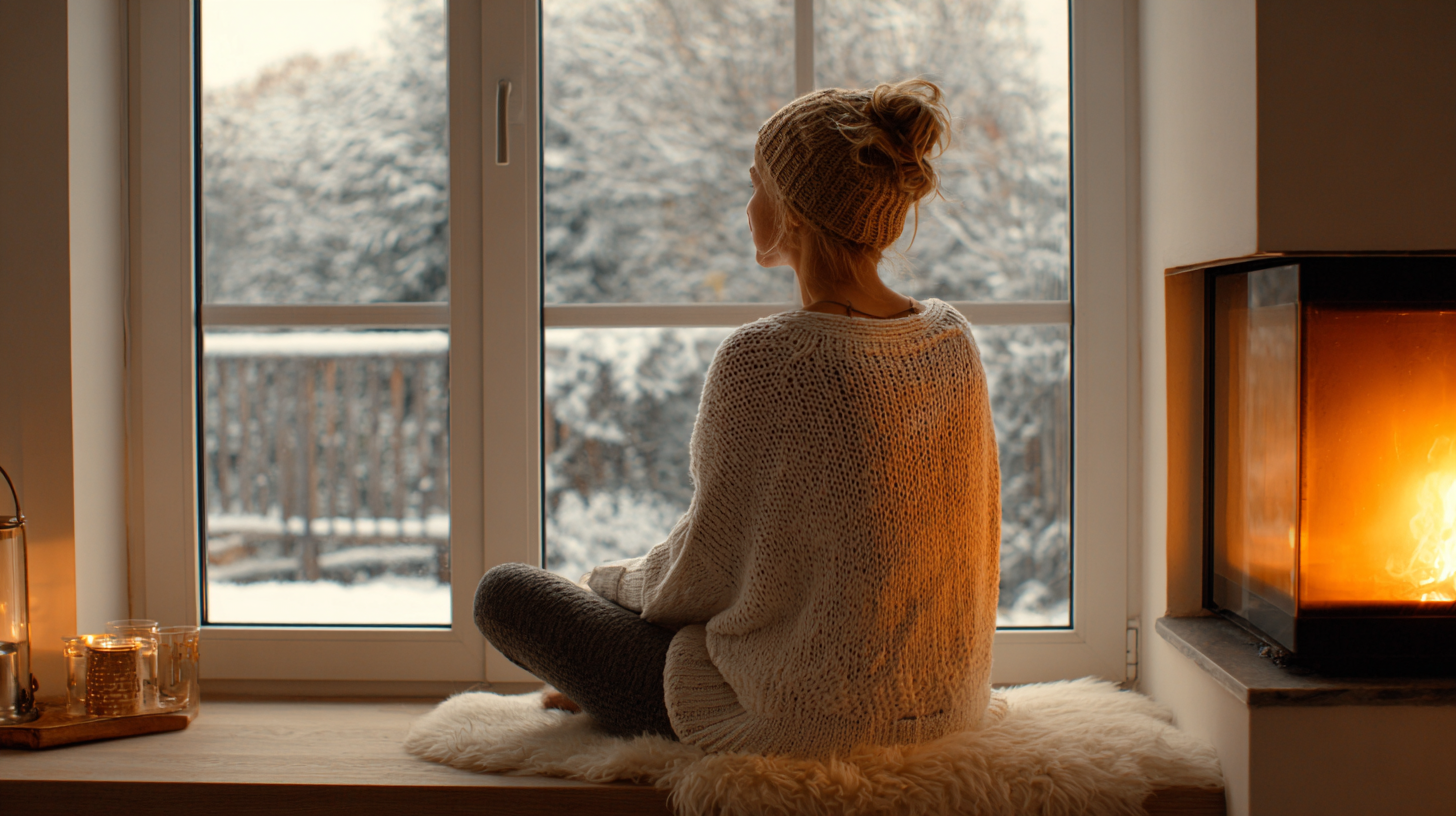
Another vital aspect of maintaining heating cables is to keep them clean and free from debris. Dust and dirt can accumulate, impacting the heat transfer efficiency. Periodic cleaning, particularly before the onset of winter, helps in maintaining an efficient heating system. Additionally, be cautious when applying any finishes or coatings in areas with heating cables, as incompatible materials can damage the cables or impede their performance. By prioritizing maintenance, homeowners can enjoy a consistently warm and comfortable environment throughout the colder months.
